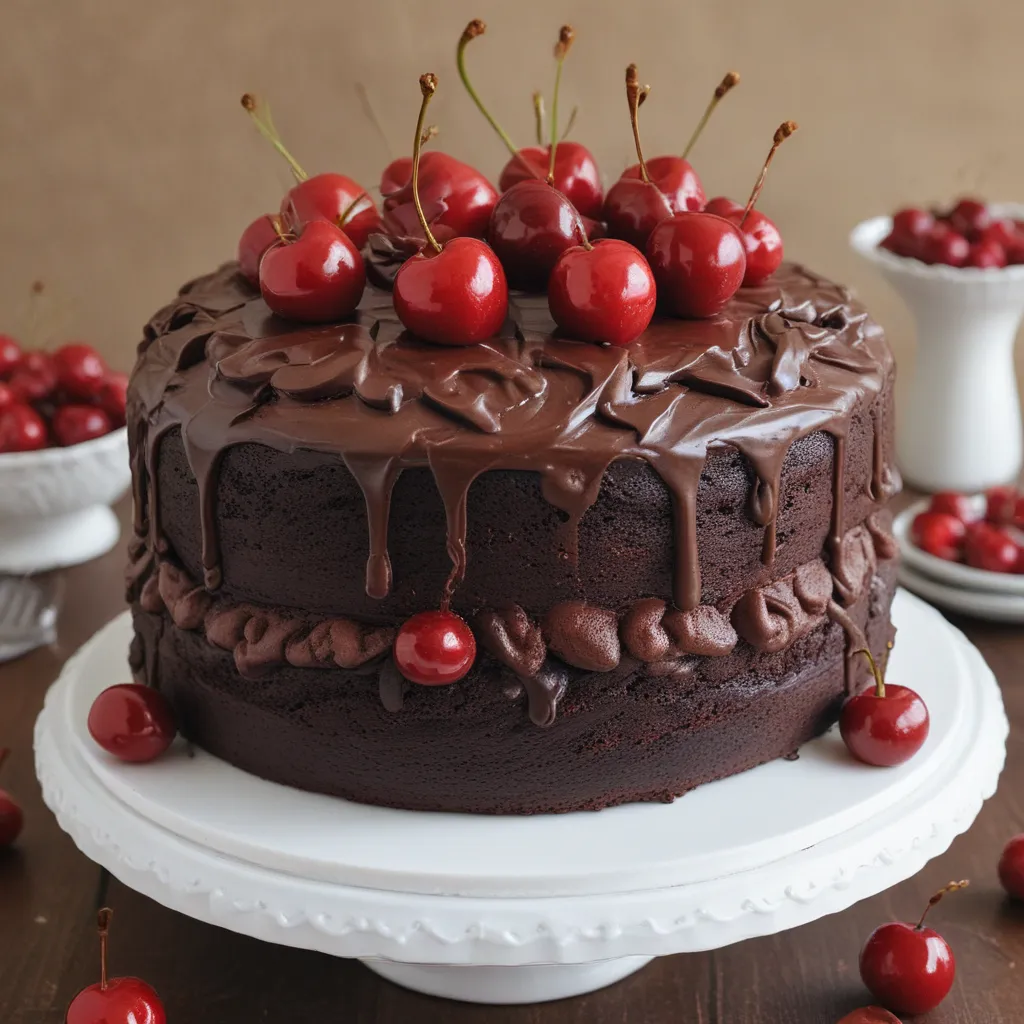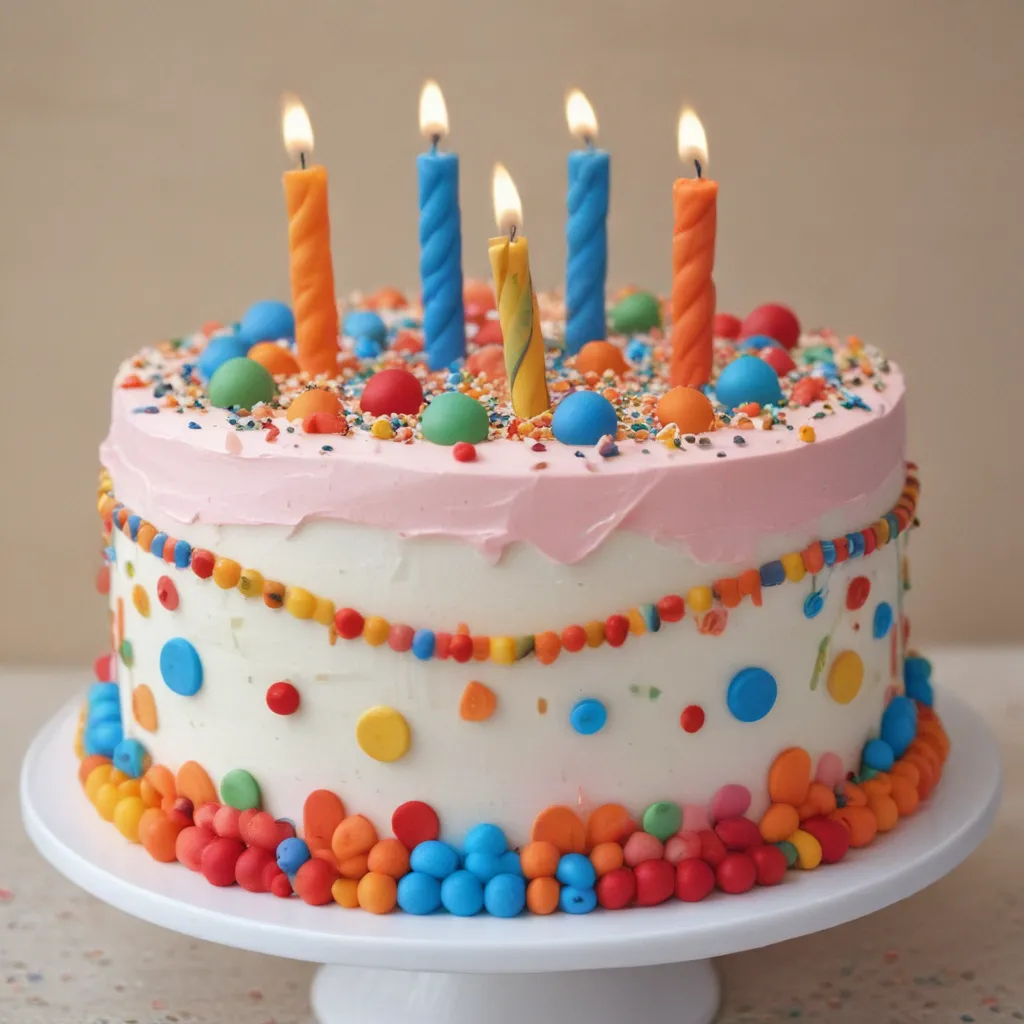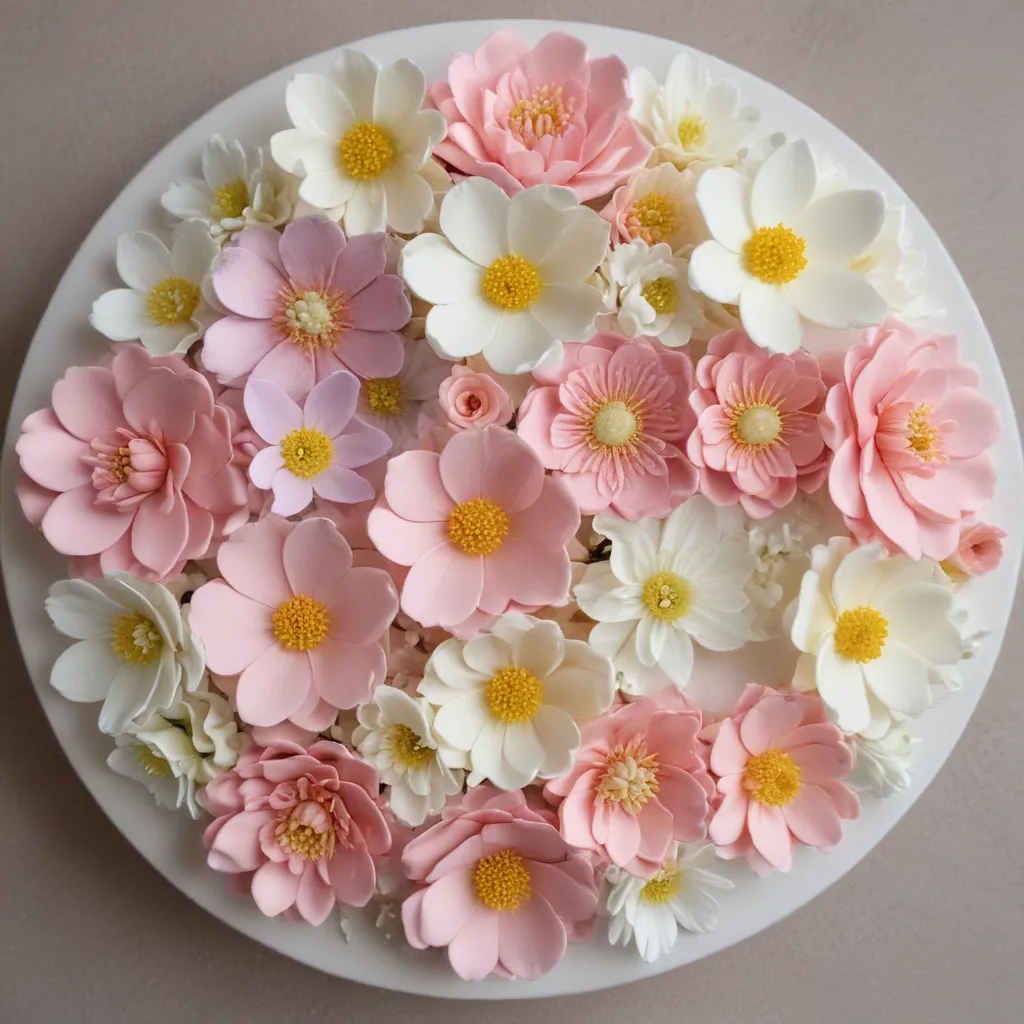The Quest for Cake Perfection
Ah, the eternal quest for the perfectly flat cake layer – it’s the holy grail of baking, and one that has vexed pastry chefs and home bakers alike for generations. But fear not, my fellow cake enthusiasts, for I have uncovered the secrets to achieving those elusive, mirror-smooth cake tops that will make your Instagram followers drool with envy.
You see, for years I too struggled with the scourge of the lopsided, domed, or sunken cakes. I’d painstakingly measure and mix, only to end up with a topography that looked more like the surface of the moon than a heavenly confection. But through extensive research, trial-and-error, and not a few cake-related meltdowns, I’ve cracked the code. And now, I’m here to share my hard-won knowledge with you, dear reader, so that you too can bake cakes worthy of a five-star bakery.
So, let’s dive in, shall we? Grab your spatula and preheat your oven, because we’re about to embark on a journey to cake perfection.
The Foundations of Flat Cakes
The first and most important step in achieving perfectly flat cake layers is to master the fundamentals of cake baking. It all starts with the right recipe and baking technique.
You see, the key to a flat cake lies in the science of how batter behaves in the oven. When the batter is properly balanced, it will rise evenly and then set firmly, resulting in a beautifully level top. But get the ratios of ingredients wrong, or make a mistake in the mixing process, and you’re just asking for trouble.
That’s why it’s so crucial to use a reliable, time-tested cake recipe. I always turn to my trusty go-to – a classic vanilla cake that’s been passed down through generations of my family. The proportions of flour, sugar, eggs, and leavening agents are meticulously calibrated to ensure even rising and a sturdy, level crumb.
But a good recipe is only half the battle. The way you handle the batter is just as important. Overmixing can develop too much gluten, leading to a tough, domed texture. Undermixing, on the other hand, can result in an uneven rise and sunken centers. It’s a delicate balance, my friends.
That’s why I always take the time to cream the butter and sugar to perfection, slowly incorporate the dry ingredients, and gently fold in the eggs and other wet components. And when it comes time to pour the batter into the pans, I make sure to distribute it evenly, tapping the pans firmly on the counter to release any air bubbles.
Of course, the quality of your baking pans also plays a role. I’ve found that light-colored, heavy-duty aluminum pans work best for flat cakes. The lighter color prevents overbrowning, while the thick, even walls help the batter rise uniformly. And don’t forget to grease and flour those pans to a T – nothing ruins a cake like sticking.
Mastering Oven Temperatures
Once you’ve got the recipe and mixing technique down, the next crucial element in the quest for flat cakes is oven temperature. You see, the way your cake bakes is heavily influenced by the heat it’s exposed to, and getting that just right is key.
Too low of a temperature, and your cake will rise slowly, resulting in a domed top. Too high, and the outside will set before the inside has a chance to fully bake, leading to a sunken center. It’s a delicate balancing act, my friends.
In my experience, the sweet spot is around 350°F (175°C) for most standard cake recipes. This allows the batter to rise evenly while setting the structure firmly. I always use an oven thermometer to ensure my oven is precisely on point, and I never open the door during baking – that can cause the temperature to drop and ruin the whole delicate process.
But temperature isn’t the only oven-related factor to consider. Placement within the oven is crucial too. I always make sure to position my cake pans on the middle rack, where the heat is most evenly distributed. Baking multiple pans at once? Be sure to rotate them halfway through for even browning.
And let’s not forget the importance of pre-heating. I always give my oven a good 20-30 minutes to reach the perfect temp before sliding those precious cakes into the flames. Rushing this step can lead to uneven baking, so patience is key.
Leveling and Layering
Alright, so you’ve nailed the recipe, the mixing technique, and the oven settings. What’s next, you ask? Well, my friends, the real secret to perfectly flat cake layers lies in the post-baking process.
You see, even the most carefully executed cake can end up with a slightly domed or uneven top. But fear not, for I have a few tricks up my sleeve to ensure a perfectly level playing field.
First and foremost, I always, always, always level my cakes before assembling them. This involves using a serrated knife to carefully trim off any domed or uneven tops, leaving me with beautifully flat layers to stack and fill.
But leveling is just the beginning. The true key to flat cakes lies in the layering process. You see, when you stack those layers on top of each other, any slight imperfections or unevenness can really start to add up. That’s why I take the time to ensure each layer is perfectly centered and level before adding the next one.
My secret? A trusty turntable and a long, sharp knife. I place the first layer on the turntable, then use my knife to gently press down and level the surface. From there, I add a layer of frosting or filling, making sure it’s evenly distributed. Then I carefully place the next layer on top, pressing down gently to adhere it. Rinse and repeat until my cake is fully assembled.
And let’s not forget the importance of crumb coating. This thin layer of frosting helps to seal in any crumbs and create a smooth foundation for the final layer of frosting. It’s like the spackle and primer of the cake world, my friends.
Frostings and Finishes
Ah, the final frontier in the quest for flat cake perfection: the frosting and finishing touches. You see, even if you’ve nailed every other step, a sloppy or uneven frosting job can ruin the whole effect.
That’s why I always take the time to whip up a silky-smooth, perfectly spreadable frosting. My go-to is a classic American buttercream – the perfect balance of rich, creamy butter and just-sweet-enough confectioners’ sugar. I beat it to perfection, making sure there are no lumps or air bubbles, before carefully applying it to my leveled and stacked cake layers.
But the real secret lies in the technique. I start by crumb-coating the entire cake, sealing in any errant crumbs and creating a smooth foundation. Then, I chill the cake to set the frosting before adding the final, even layer. And to ensure a perfectly flat top, I use an offset spatula to smooth and flatten the frosting, gently pressing down to remove any air pockets or bumps.
Of course, the frosting isn’t the only element that can make or break your cake’s appearance. The finishing touches are just as crucial. I always take the time to neatly trim any excess frosting from the sides, creating clean, sharp edges. And for the crowning glory, I’ll often add a dusting of cocoa powder, a drizzle of ganache, or a sprinkling of toasted nuts or coconut – just little touches that add visual interest and elevate the overall look.
The Payoff: Perfectly Flat Cakes
And there you have it, my fellow bakers – the secrets to perfectly flat cake layers, from start to finish. It’s a labor of love, to be sure, but the payoff is well worth it. Imagine the look on your friends’ and family’s faces when you present them with a towering, impeccably level cake, free of any unsightly domes or sunken centers.
They’ll marvel at your baking prowess, wondering how on earth you managed to achieve such flawless results. And when you share your hard-won tips and tricks, they’ll look at you with a newfound respect and admiration – the kind that can only come from mastering the elusive art of the perfectly flat cake.
So what are you waiting for, my friends? Grab your spatula, fire up that oven, and let’s get to work. With a little patience, a lot of practice, and the secrets I’ve shared with you here today, you’ll be churning out bakery-worthy cakes in no time. And who knows – maybe I’ll even see one of your creations featured on Jax Cake Shop someday. Happy baking!





